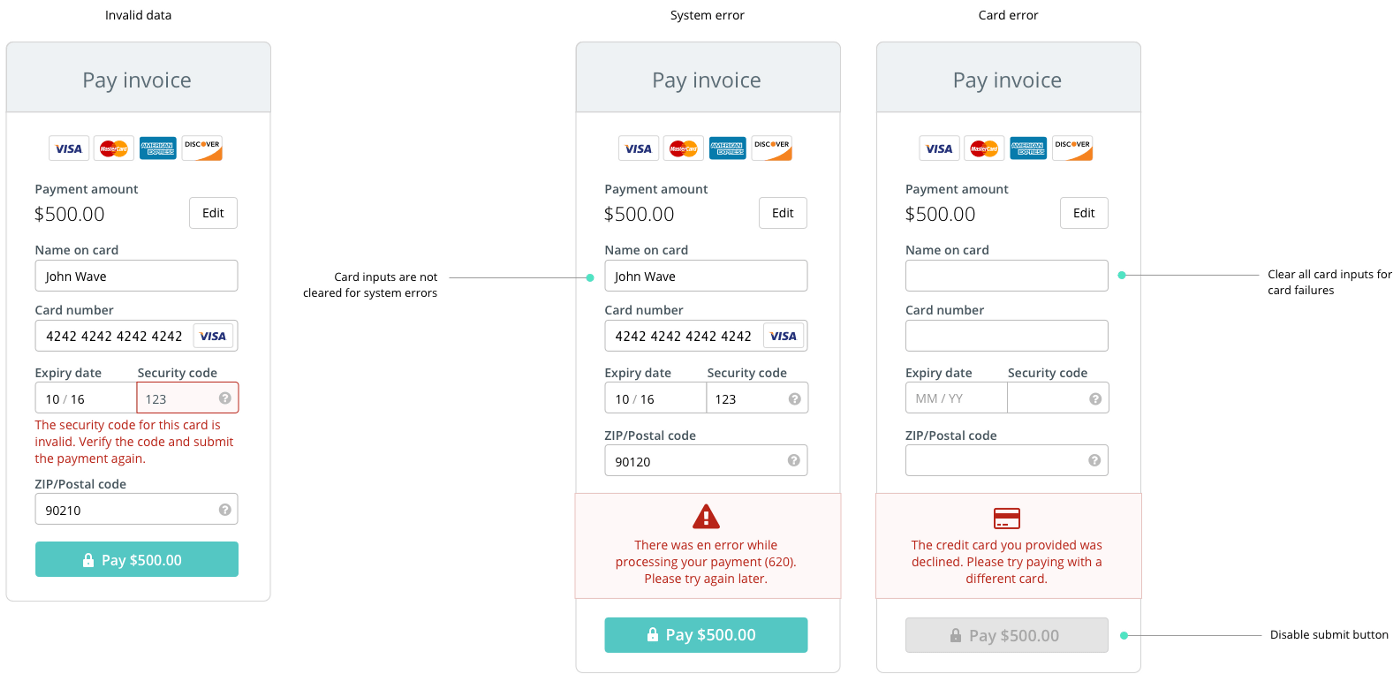Understanding Small Amount Payments: A Comprehensive Guide
In the modern economy, the way we conduct transactions has evolved significantly. One of the critical aspects of this evolution is the concept of small amount payments. These payments, often referred to as micropayments, are transactions involving a minimal sum of money, typically under a few dollars. This article delves into the importance of small amount payments, the technologies enabling them, their impact on businesses and consumers, and the challenges associated with implementing micropayment systems.
The Significance of Small Amount Payments
Small amount payments play a vital role in today’s economy, particularly in digital transactions. As consumers increasingly seek convenience and immediacy, micropayments have emerged as a practical solution for accessing various services and products without significant financial commitment. This approach allows businesses to monetize their offerings effectively, especially in industries like digital content, gaming, and e-commerce. For instance, users can pay small fees for individual articles, songs, or in-app purchases, facilitating a pay-as-you-go model that caters to diverse consumer preferences.
Additionally, small amount payments foster inclusivity by enabling individuals to access services that may otherwise be financially prohibitive. For example, low-income consumers can enjoy digital content, educational resources, or subscription services without the burden of hefty fees. This model not only benefits consumers but also encourages content creators and service providers to innovate and diversify their offerings, knowing they can tap into a broader market through smaller, more accessible transactions.
Technologies Driving Micropayments
The rise of small amount payments can be attributed to various technological advancements that have made these transactions more feasible and secure. Mobile payment platforms, digital wallets, and cryptocurrencies are at the forefront of this revolution. Mobile payment solutions like Apple Pay, Google Pay, and Venmo allow users to make quick and easy transactions, eliminating the friction often associated with traditional payment methods.
Moreover, blockchain technology and cryptocurrencies have introduced decentralized payment systems that can facilitate micropayments with minimal transaction fees. By leveraging these technologies, businesses can streamline their payment processes, reducing costs associated with processing small transactions. This innovation is particularly beneficial in an era where consumers are more willing to make small, impulse purchases if the payment process is seamless and efficient.
The Impact on Businesses and Consumers
For businesses, adopting small amount payment models can lead to increased revenue streams and customer engagement. Companies can attract a broader audience by lowering the barriers to entry for their products and services. For instance, content creators can offer premium features or exclusive content for small fees, enhancing the overall consumer experience and driving loyalty. Additionally, micropayments can help businesses gather valuable data on consumer behavior, preferences, and purchasing patterns, allowing for targeted marketing strategies.
On the consumer side, small amount payments empower users to make purchasing decisions without the fear of overspending. This flexibility encourages exploration and experimentation with various products and services, as consumers feel more comfortable making smaller commitments. Furthermore, the convenience of micropayments can enhance the overall user experience, leading to higher satisfaction and retention rates. As a result, businesses that embrace small amount payments often find themselves better positioned to compete in an increasingly crowded marketplace.
Challenges and Considerations
Despite the numerous advantages, implementing small amount payment systems is not without its challenges. One of the primary obstacles is the associated transaction costs. While technologies like blockchain can reduce fees, many payment processors still charge a percentage of the transaction amount, which can disproportionately impact micropayments. For example, a $0.99 transaction may incur fees that negate the profitability of the sale, making it unsustainable for businesses.
Additionally, consumer perceptions and behaviors can pose challenges. While many consumers are open to small amount payments, others may be hesitant to engage in frequent transactions due to concerns about security or a lack of familiarity with new payment methods. Educating consumers about the safety and convenience of these payment options is crucial to fostering acceptance and driving widespread adoption.
Moreover, regulatory considerations can also affect the implementation of small amount payment systems. Different countries and regions have varying laws governing digital payments, which can complicate cross-border transactions. Businesses must navigate these complexities to ensure compliance and minimize legal risks.
In conclusion, small amount payments represent a significant shift in the way we conduct transactions in today’s digital landscape. They provide benefits for both consumers and businesses, fostering a more inclusive economy while driving innovation and engagement. As technology continues to evolve, so too will the opportunities and challenges associated with micropayments. For those willing to adapt and embrace these changes, the future holds immense potential in leveraging small transactions to build sustainable business models and enhance consumer experiences.컬쳐랜드카드결제

